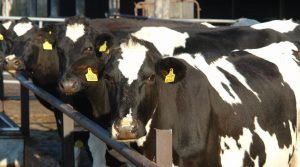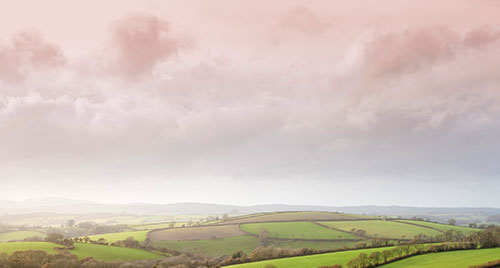Defra Clean Air Strategy 2019 – Implications for Planning Applications for Livestock Housing
Monday 21st September 2020 in Planning

The Defra Clean Air Strategy, published in 2019, is now well established in decision-making for planning applications for livestock housing and slurry lagoons. Agriculture in the UK accounts for 88% of all ammonia emissions, approximately three-quarters of which arise from livestock. In the countryside, raised levels of ammonia in the air (and associated nitrogen deposition) can have significant impacts on sensitive ecological receptors through the acidification of habitats and increasing nitrogen levels in the soil.
The strategy has had significant implications in terms of the extent of information required to be submitted with any planning application for livestock-related development, and it is increasingly necessary to demonstrate that medium to large scale developments meet strict emissions targets where there are ecologically designated sites and ancient woodlands within 5km. Although this issue is more established in the pig and poultry sectors where large units have required an environmental permit to operate, it is a new problem for dairy and beef units which are looking to expand their operations.
Detailed ammonia emission and nitrogen deposition modelling is required to establish the baseline situation, and the proposed situation once a new building or lagoon is operational. Once initial modelling has been undertaken, Reading Agricultural Consultants has a wealth of experience of working with applicants to review ammonia mitigation measures and consider changes which can be made to the existing farming operation to meet stringent targets.
Through this whole farm approach, and with ongoing dialogue with the regulator (Environment Agency/Natural Resources Wales), even with increased stock numbers it can be possible to achieve planning approval for what might otherwise be an unacceptable agricultural development.

